Het Nieuwe Instituut's Aric Chen on animals, archives and alternative shopping
Het Nieuwe Instituut's new general and artistic director, and Wallpaper* contributor since 2008, Aric Chen talks to us about the cultural organisation’s exciting future and vision, for Rotterdam and beyond

Het Nieuwe Instituut's newly appointed general and artistic director Aric Chen feels excited about the future. The architecture and design curator, and long-term Wallpaper* contributor, was based in Shanghai when the offer to take the helm of Rotterdam's seminal architecture, design and digital culture organisation came up. ‘I'd been in China for 13 years at the time, and I was very contented and happy, so I wasn’t really looking,' he says. ‘But this came up; it was just an irresistible opportunity. For me Het Nieuwe Instituut (HNI) is an institution that is unique in the world, in its multidisciplinarity, covering architecture, design and digital culture as well as having a historical collection.' After a soft start in May 2021, he relocated and kicked off his tenure fully this September, heralding an exciting new era for the institute, the city, Dutch architecture and beyond.
‘Rotterdam is a can-do city, and the institute is a can-do place too,' he says. And given the cultural organisation's recent internal changes, there was lots of scope to try out new things (HNI absorbed what used to be the Netherlands Architecture Institute – moving into its headquarters in 2013 – as well as Premsela, Netherlands Institute for Design and Fashion, and the Virtueel Platform, a knowledge institute for e-culture). ‘The institute has the possibility to experiment and start anew,' adds Chen.
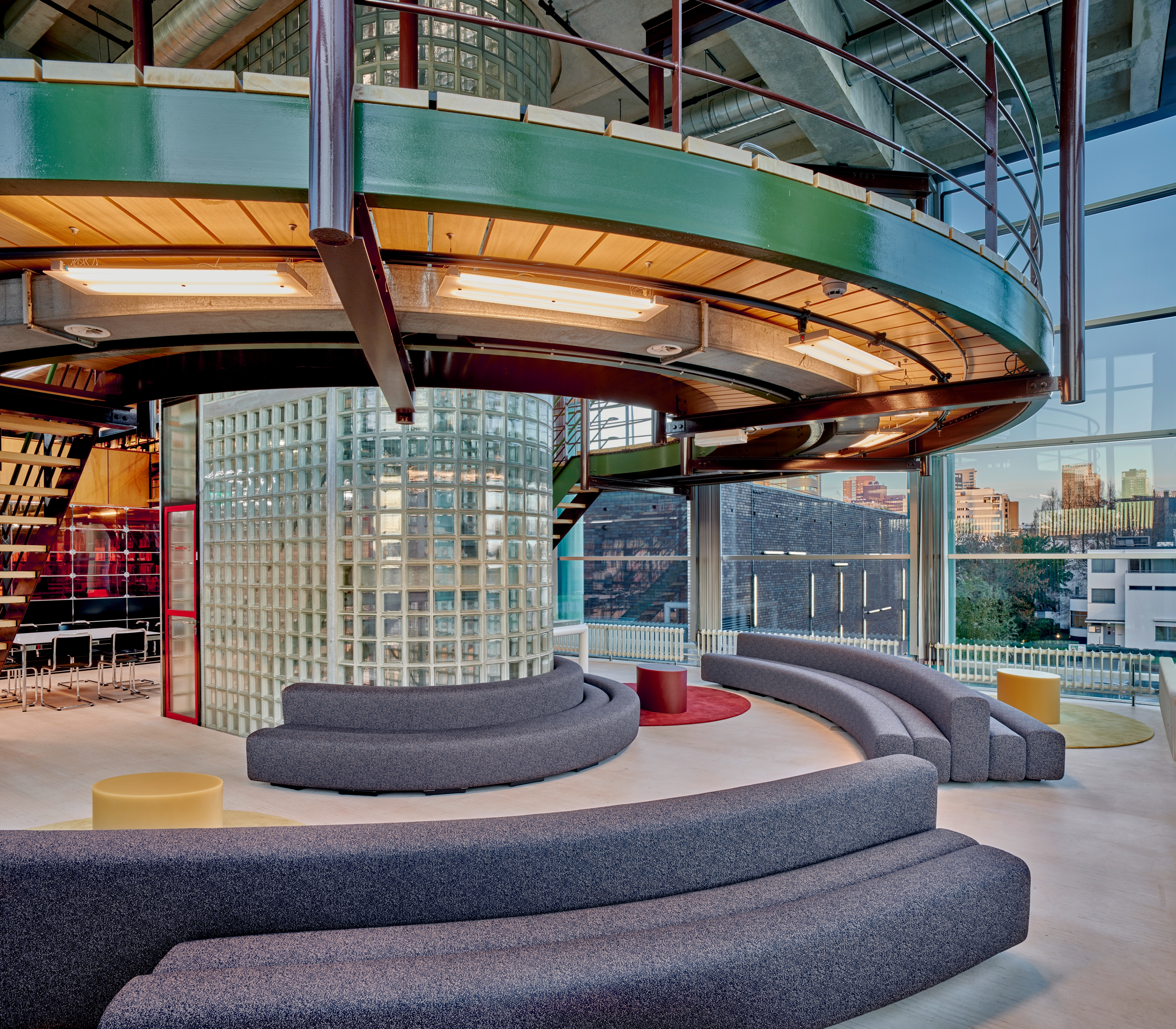
The Research Centre at Het Nieuwe Instituut., designed by Sabine Marcelis.
Chen is keen to maintain the institute's strong reputation for research and critical thinking, and expand it. ‘I’d like to see if we can take it a little further, exploring the interdisciplinarity and even shifting the emphasis from thinking to doing. I’d like to push us to become even more of a testing ground and put words to actions – in a way that only a cultural institution can,' he explains.
A case in point is his plans for the HNI’s shop, which is currently in redevelopment. Chen questions the role of consumption in the current era, challenging its purpose and perception, asking how our consumption habits are contributing to the problems the world currently faces. ‘A lot of younger designers are proposing new models that cause less social and environmental damage,' he says. The new shop is set to not only offer products that are better suited to our times, but also challenge the whole way of operating a store, in order to test, along with thinkers and consultants in the field, ‘where the friction is'. Plans will be revealed next year.
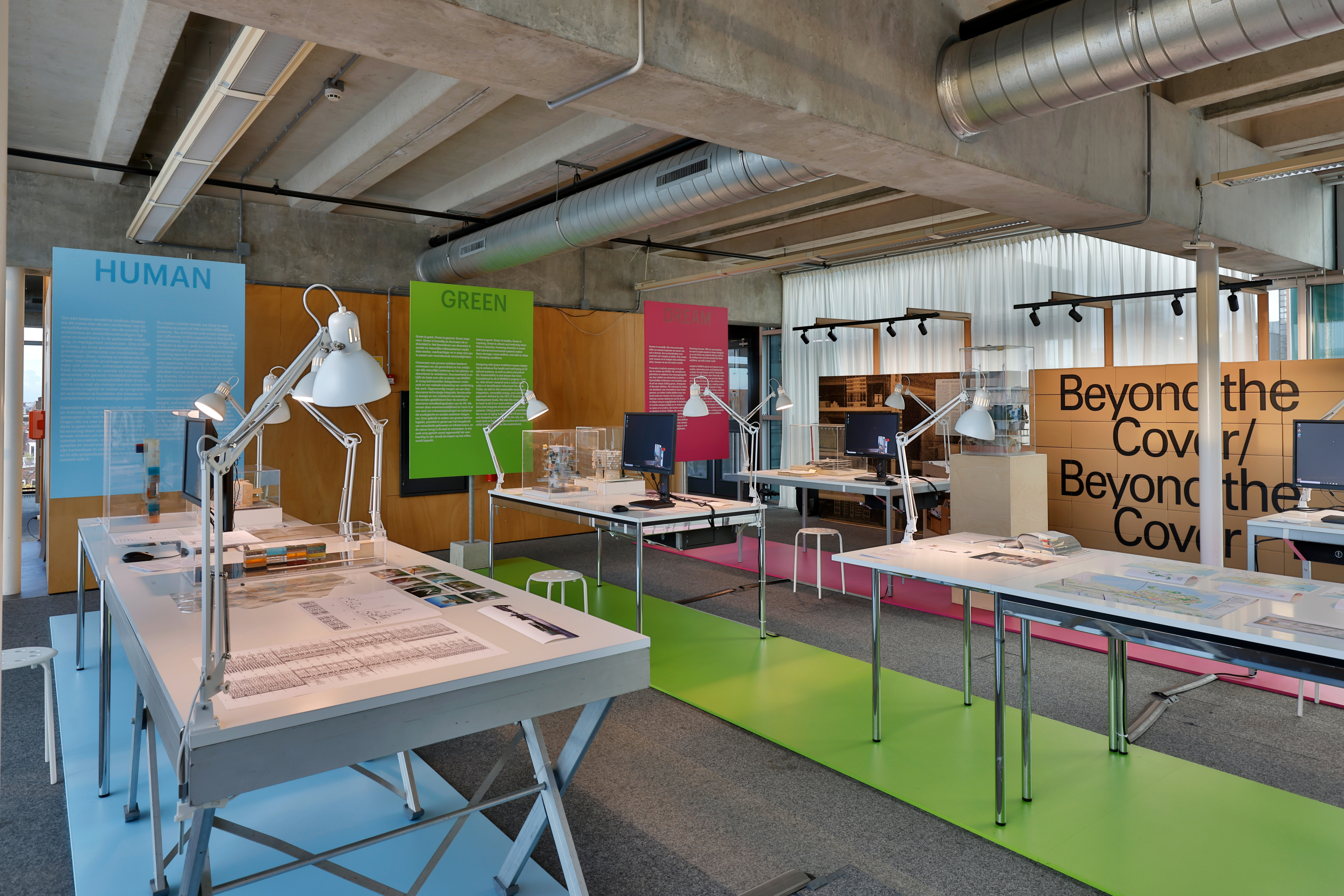
View of the exhibition ‘MVRDVHNI: The Living Archive of a Studio' at the Het Nieuwe Instituut (2021-2022).
More is yet to come. Zoöp is another ongoing research project at HNI, a practice-based investigation ‘into the design and application of a new kind of legal format for collaboration between humans and collective bodies of nonhumans, in order to support ecological regeneration'. This is linked to plans to reveal a new garden for HNI's home, which is currently being transformed around the principles of multi-species urbanism. Other plans include a global architecture summit at HNI in 2022; the first ever solar biennale (aiming to ‘shed light on solar futures and technologies'); as well as constant efforts to find ways to ‘make our own building more sustainable', Chen adds.
For now, the institute is celebrating the opening of its show on architects MVRDV's archive – ‘MVRDVHNI: The Living Archive of a Studio'. Timed to open with the official launch of the Boijmans Depot, the multimedia exhibition explores the world renowned Dutch practice's archive, which the organisation holds (including some 400 items, from its inception up to 2015). Chen hopes that the immersive show invites visitors to discuss different perspectives and look and learn from the prolific studio's body of work – organised here under three thematic sections, Human, Green, and Dream.
Rethinking and reframing HNI’s existing collections, as well as exploring new practices and actions seems to be at the heart of Chen's vision for the dynamic organisation. ‘It is about rethinking our past, revisiting the archive, expanding, telling different narratives, innovating the past and the future,' he says. We can't wait.
Receive our daily digest of inspiration, escapism and design stories from around the world direct to your inbox.
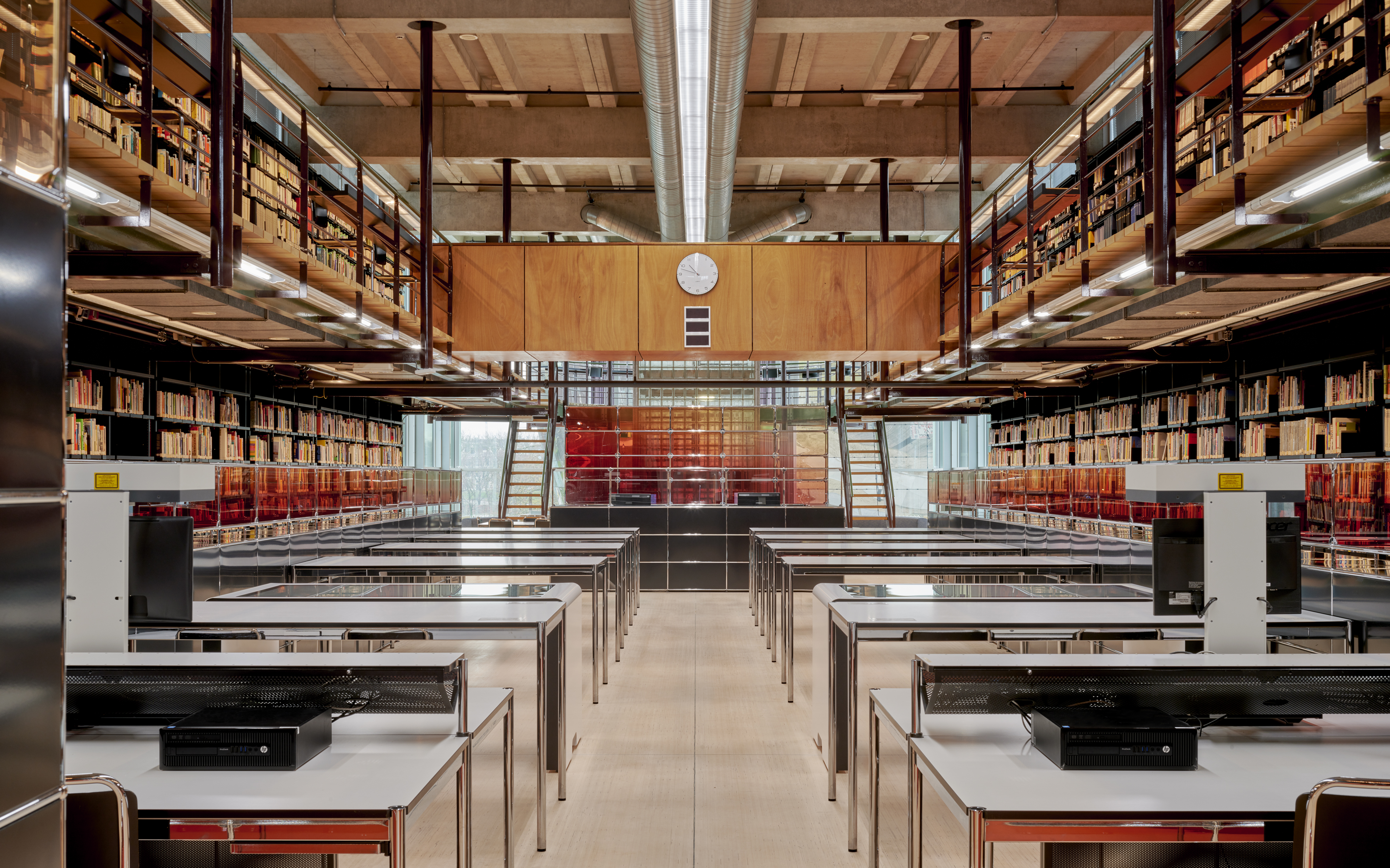
The reading room at the Research Centre of Het Nieuwe Instituut, which was designed by Sabine Marcelis.

View of the selection of MVRDV maquettes from the archive held at the Het Nieuwe Instituut in Rotterdam.
INFORMATION
Ellie Stathaki is the Architecture & Environment Director at Wallpaper*. She trained as an architect at the Aristotle University of Thessaloniki in Greece and studied architectural history at the Bartlett in London. Now an established journalist, she has been a member of the Wallpaper* team since 2006, visiting buildings across the globe and interviewing leading architects such as Tadao Ando and Rem Koolhaas. Ellie has also taken part in judging panels, moderated events, curated shows and contributed in books, such as The Contemporary House (Thames & Hudson, 2018), Glenn Sestig Architecture Diary (2020) and House London (2022).
-
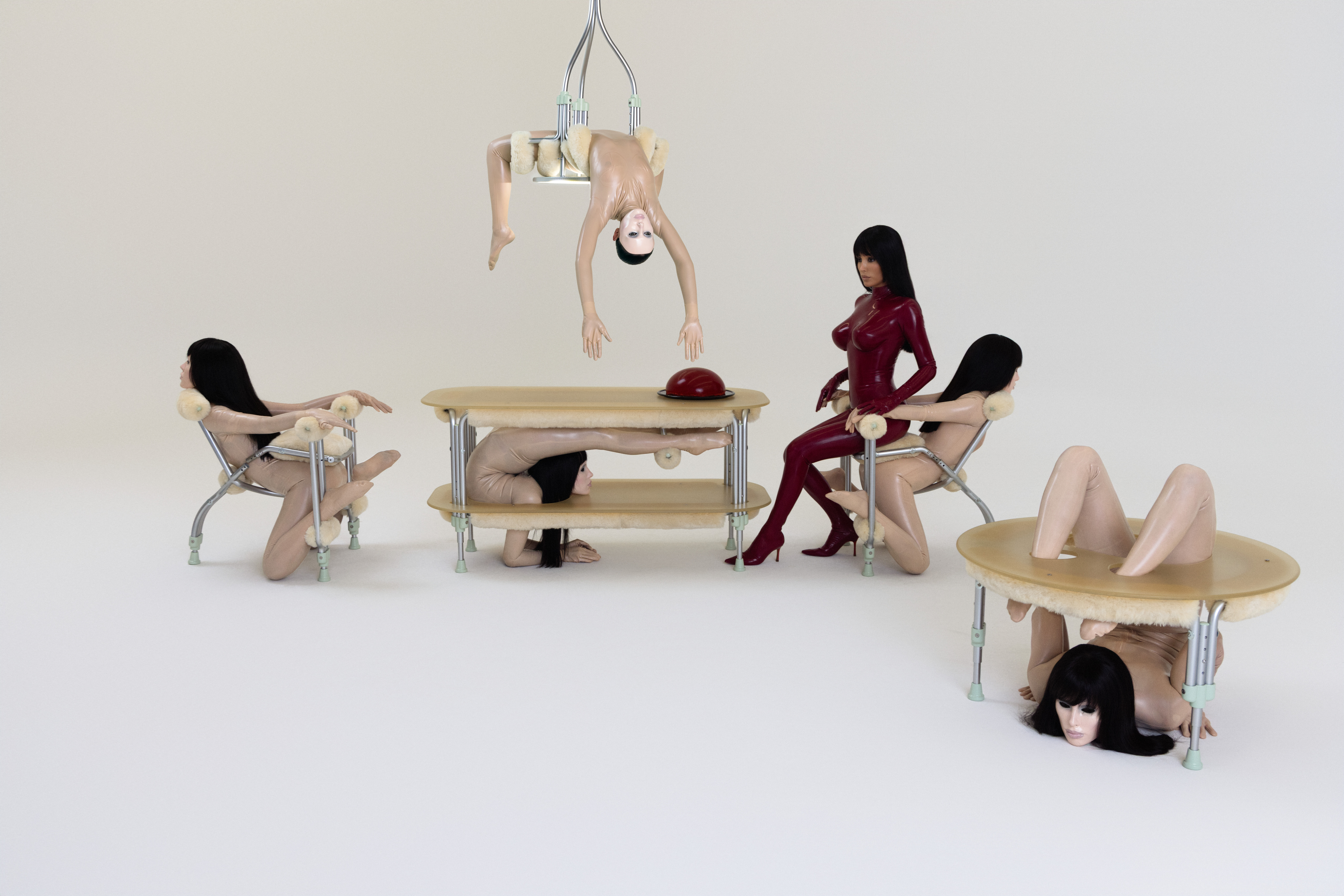 Eight questions for Bianca Censori, as she unveils her debut performance
Eight questions for Bianca Censori, as she unveils her debut performanceBianca Censori has presented her first exhibition and performance, BIO POP, in Seoul, South Korea
-
 How to elevate a rental with minimal interventions? Charu Gandhi has nailed it with her London home
How to elevate a rental with minimal interventions? Charu Gandhi has nailed it with her London homeFocus on key spaces, work with inherited details, and go big on colour and texture, says Gandhi, an interior designer set on beautifying her tired rental
-
 These fashion books, all released in 2025, are the perfect gift for style fans
These fashion books, all released in 2025, are the perfect gift for style fansChosen by the Wallpaper* style editors to inspire, intrigue and delight, these visually enticing tomes for your fashion library span from lush surveys on Loewe and Louis Vuitton to the rebellious style of Rick Owens and Jean Paul Gaultier
-
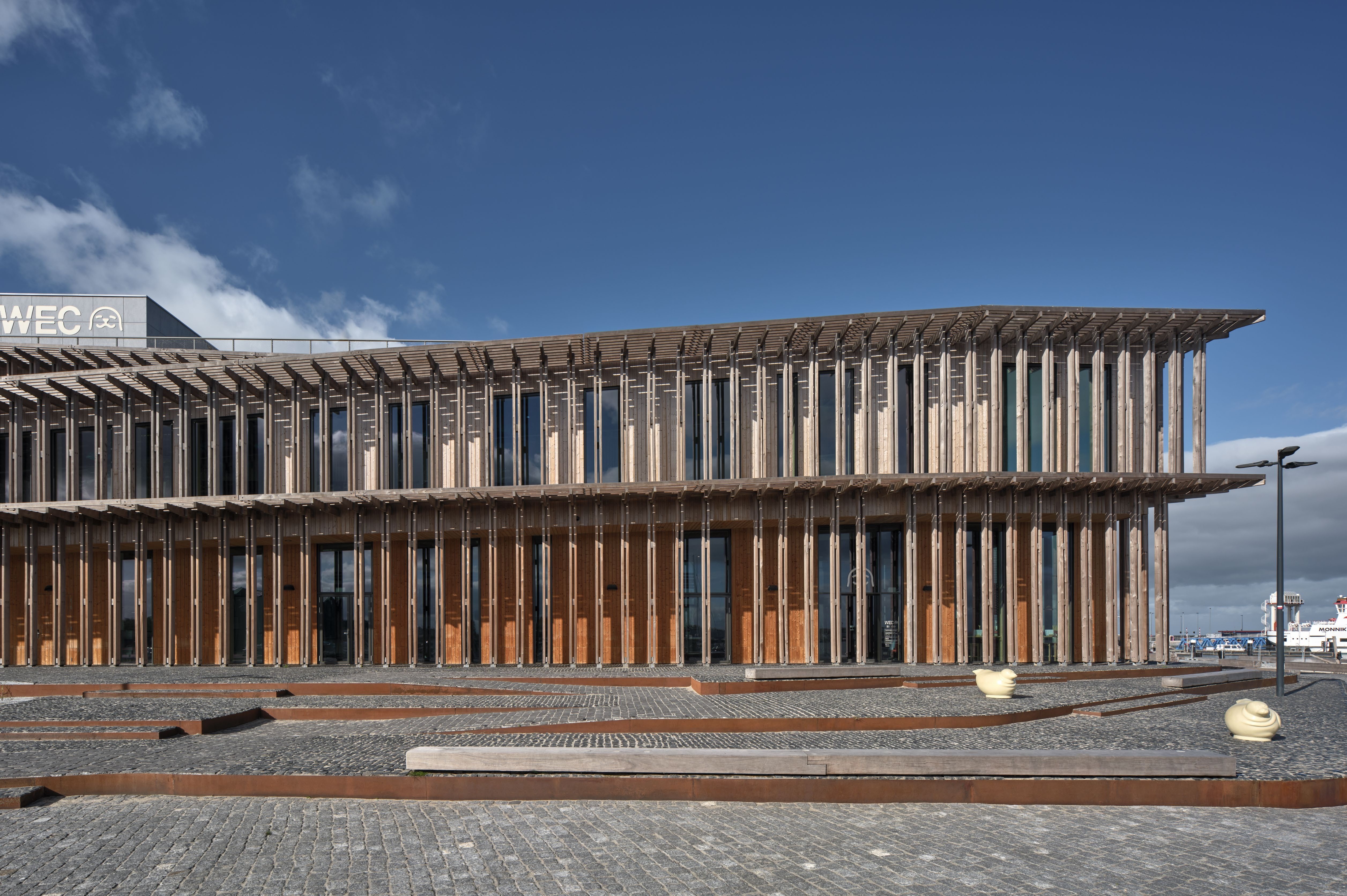 A Dutch visitor centre echoes the ‘rising and turning’ of the Wadden Sea
A Dutch visitor centre echoes the ‘rising and turning’ of the Wadden SeaThe second instalment in Dorte Mandrup’s Wadden Sea trilogy, this visitor centre and scientific hub draws inspiration from the endless cycle of the tide
-
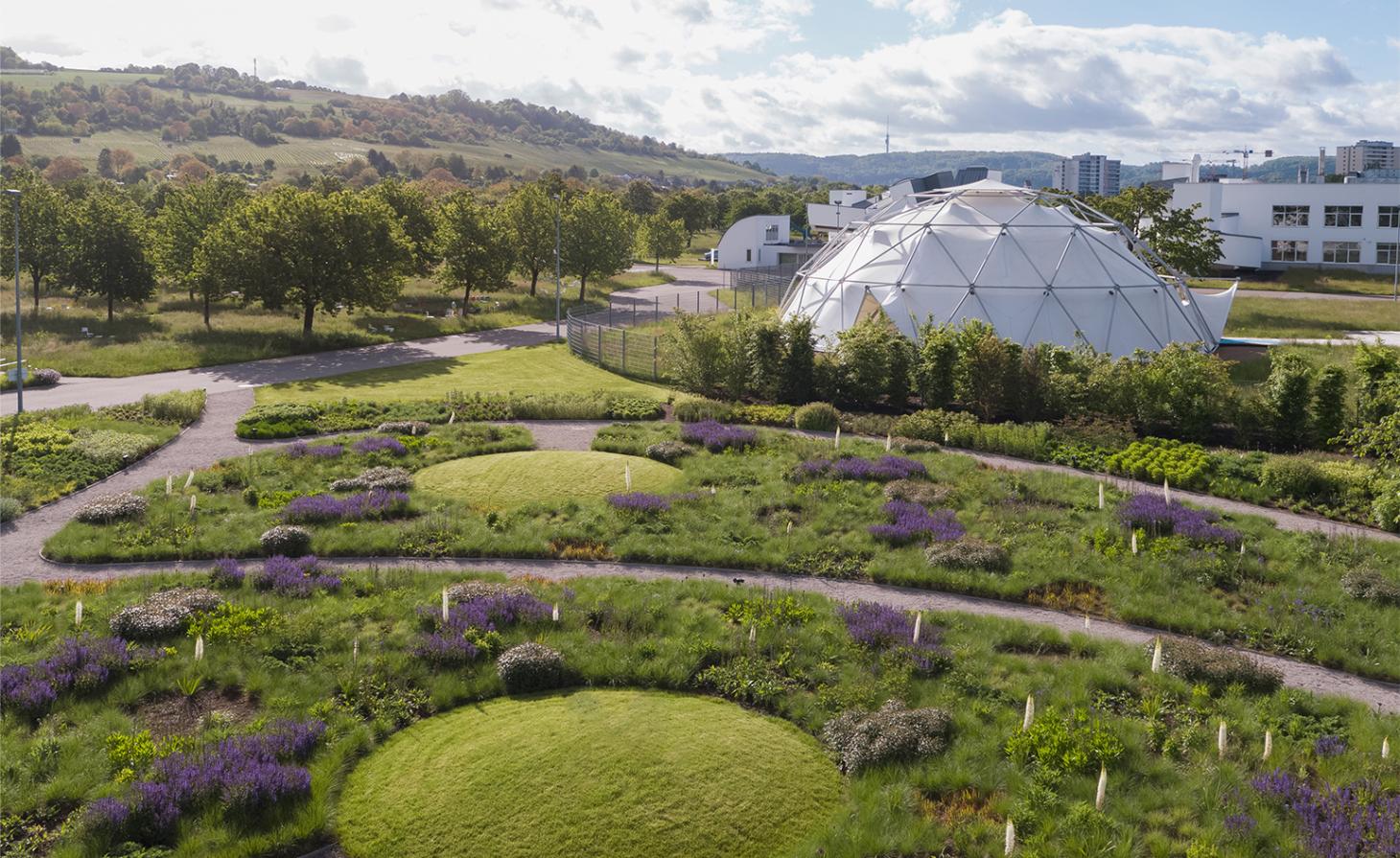 Piet Oudolf is the world’s meadow-garden master: tour his most soul-soothing outdoor spaces
Piet Oudolf is the world’s meadow-garden master: tour his most soul-soothing outdoor spacesPiet Oudolf is one of the most impactful contemporary masters of landscape and garden design; explore our ultimate guide to his work
-
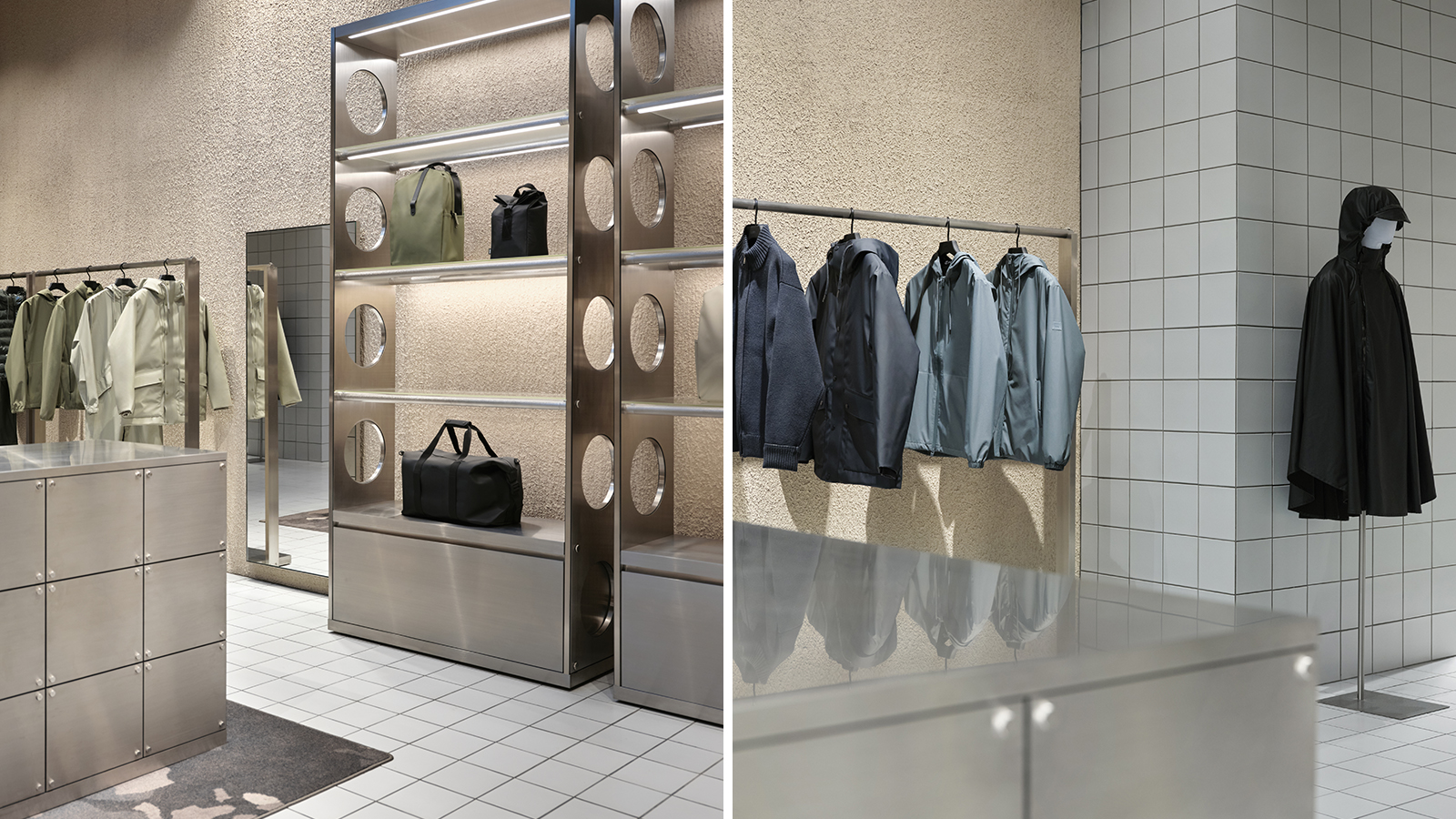 Rains Amsterdam is slick and cocooning – a ‘store of the future’
Rains Amsterdam is slick and cocooning – a ‘store of the future’Danish lifestyle brand Rains opens its first Amsterdam flagship, marking its refined approach with a fresh flagship interior designed by Stamuli
-
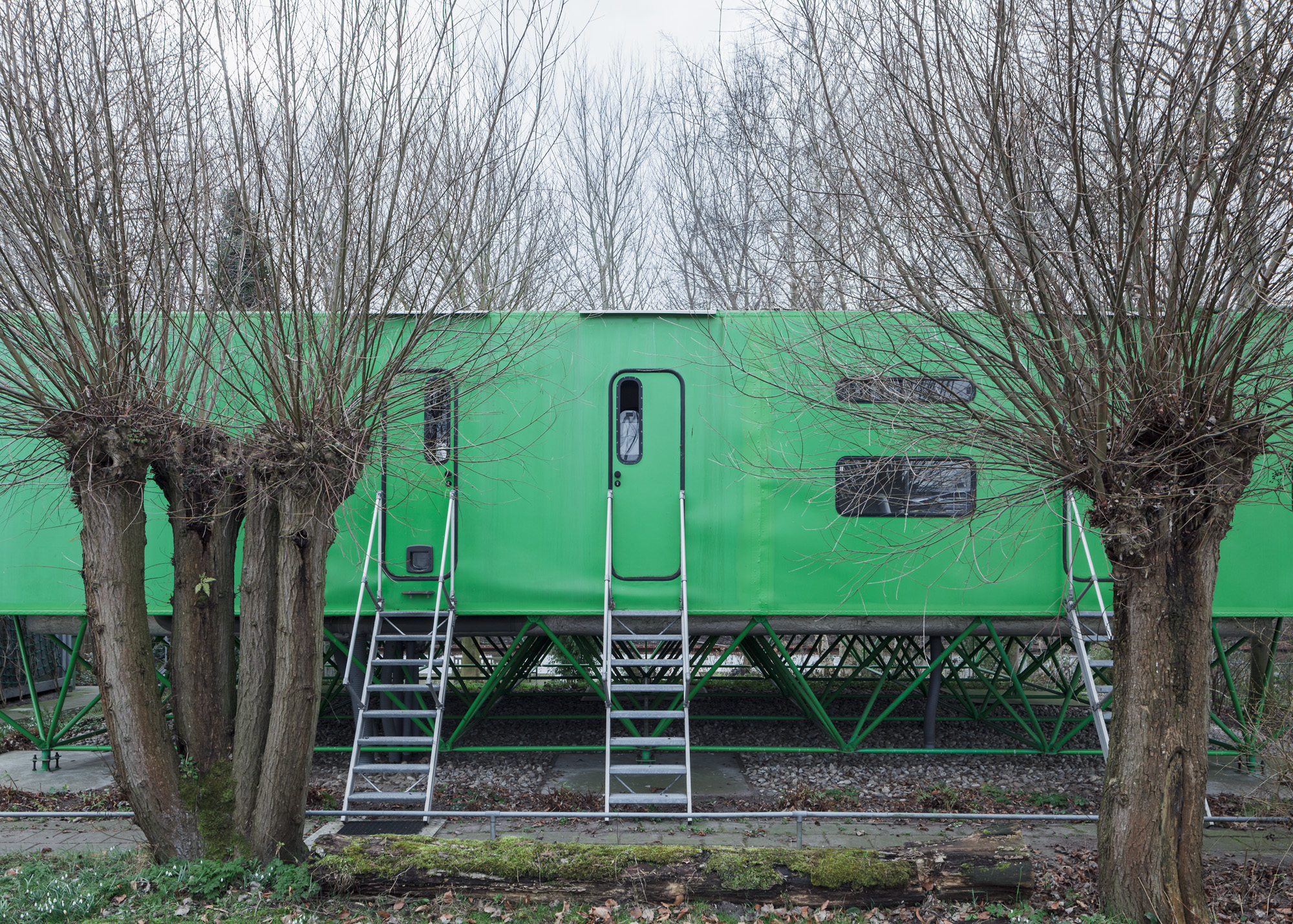 Flat-out brilliance: three Dutch houses that celebrate the horizontal
Flat-out brilliance: three Dutch houses that celebrate the horizontalThese three Dutch houses, built between the 1980s and the 2020s, blend seamlessly into the flat landscapes of the low country
-
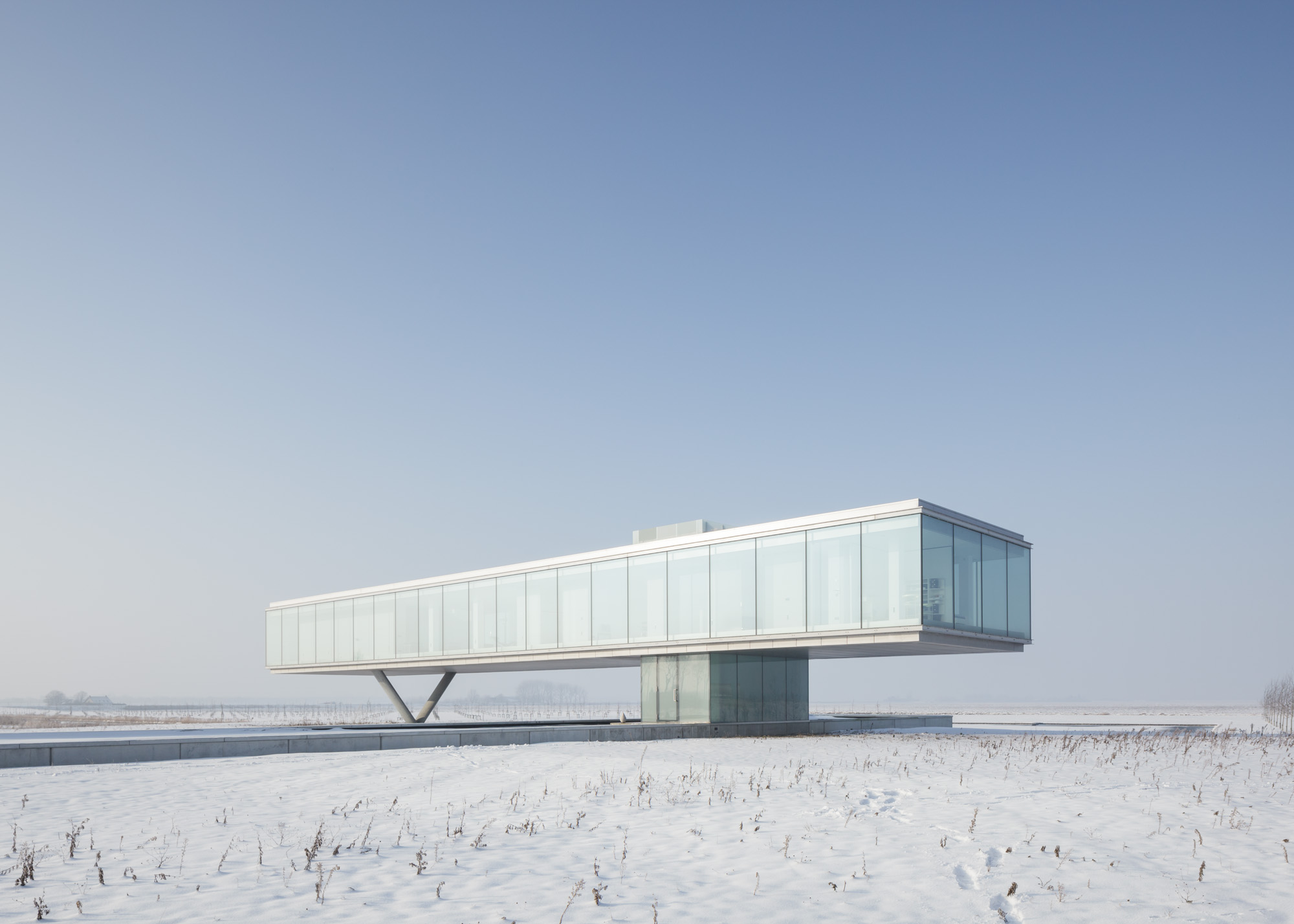 Explore a Dutch house which reframes brutalist architecture’s relationship with nature
Explore a Dutch house which reframes brutalist architecture’s relationship with natureA Dutch house by architect Paul de Ruiter is perfectly at one with the flatlands of the Netherlands; we dig into the Wallpaper* archive to revisit this unapologetic, sharp-angled streak across the landscape
-
 Discover a Jan Benthem-designed, 1980s High-Tech capsule house created in under a week
Discover a Jan Benthem-designed, 1980s High-Tech capsule house created in under a weekHow a small house by architect Jan Benthem in the Netherlands raised the stakes for High-Tech architecture and fuelled a self-build revolution; we dig into our archives for a Wallpaper* classic, first published in May 2014
-
 Ma Yansong's latest project is anchored by a gleaming stainless steel 'tornado'
Ma Yansong's latest project is anchored by a gleaming stainless steel 'tornado'The new Fenix museum in Rotterdam, devoted to migration, marks MAD's first European cultural project.
-
 Portlantis is a new Rotterdam visitor centre connecting guests with its rich maritime spirit
Portlantis is a new Rotterdam visitor centre connecting guests with its rich maritime spiritRotterdam visitor centre Portlantis is an immersive experience exploring the rich history of Europe’s largest port; we preview what the building has to offer and the story behind its playfully stacked design